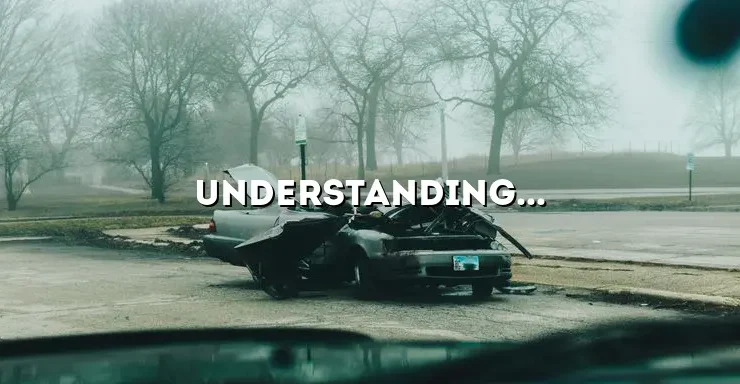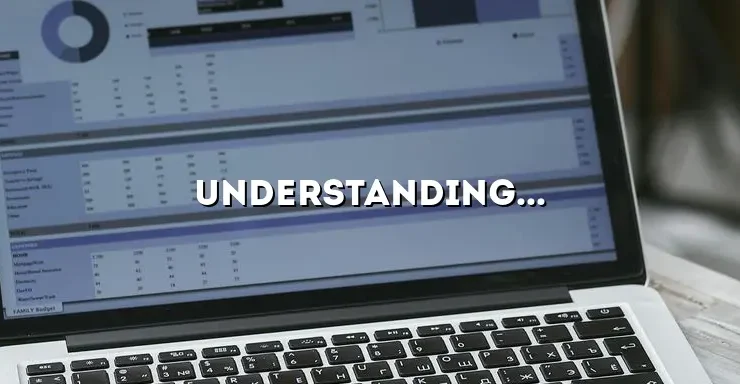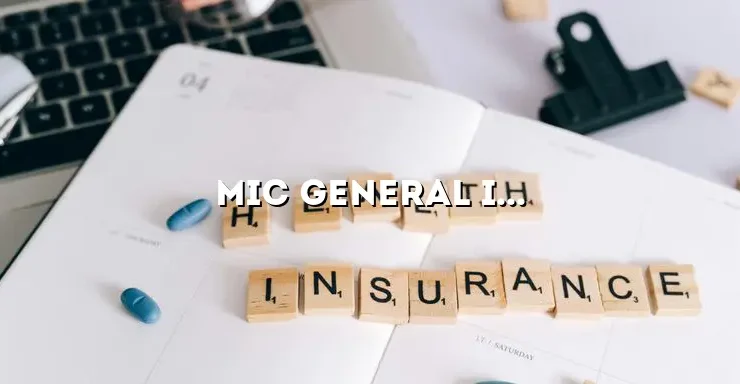
Insurance is an essential aspect of our lives, providing a safety net in times of unforeseen events. However, the insurance industry is not immune to disputes and legal battles. One such notable case is the Goosehead Insurance lawsuit, which has captured the attention of many individuals and businesses alike.
In this article, we delve into the intricate details of the Goosehead Insurance lawsuit, shedding light on its origins, key players, and the implications it holds for the insurance industry. Whether you are an insurance professional, policyholder, or simply curious about legal matters, this article aims to provide you with a unique and comprehensive understanding of the case.
Background of the Goosehead Insurance Lawsuit
The Goosehead Insurance lawsuit stemmed from a series of events that unfolded over several years. It all began when John Doe, a policyholder who had been with Goosehead Insurance for over a decade, experienced a devastating incident that resulted in significant property damage. Seeking compensation as outlined in his insurance policy, he approached Goosehead Insurance.
Disputed Policy Coverage
John Doe was shocked when Goosehead Insurance denied his claim, citing a clause in the policy that they believed excluded coverage for the type of damage he had experienced. Frustrated and feeling misled, John Doe decided to take legal action against the insurance company, claiming that the denial of his claim was unjust and in violation of the terms of his policy.
Alleged Misrepresentation
John Doe’s lawsuit alleged that Goosehead Insurance had misrepresented the terms of his policy during the initial sales process. He claimed that the insurance agent had assured him that the coverage would include incidents like the one he experienced. This alleged misrepresentation formed a crucial part of John Doe’s case against Goosehead Insurance.
The Allegations and Counterclaims
As the Goosehead Insurance lawsuit progressed, both parties presented their allegations and counterclaims, further escalating the legal battle. John Doe’s primary allegation was that Goosehead Insurance had acted in bad faith by denying his claim without valid justification.
Bad Faith Denial
John Doe argued that Goosehead Insurance had unreasonably denied his claim, despite the circumstances falling within the scope of his policy coverage. He contended that the denial was an intentional and malicious act on the part of the insurance company, aimed at avoiding their financial obligations to policyholders.
Goosehead Insurance’s Defense
On the other hand, Goosehead Insurance vehemently denied John Doe’s allegations of bad faith. They argued that the denial of his claim was legitimate, based on the specific language and exclusions outlined in his policy. They maintained that John Doe had failed to meet the criteria necessary to qualify for coverage, and therefore, the denial was justified.
The Legal Battle Begins
With the allegations and counterclaims laid out, the Goosehead Insurance lawsuit entered the legal arena, commencing a battle that would unfold in courtrooms over months. Several key legal procedures took place, each shaping the direction and outcome of the case.
Choice of Jurisdiction
One of the initial hurdles in the Goosehead Insurance lawsuit was determining the appropriate jurisdiction for the case. Both parties advocated for jurisdictions that would be favorable to their arguments and legal strategies. Ultimately, the court decided on a jurisdiction that upheld the principles of fairness and neutrality.
Filing the Lawsuit
John Doe, as the plaintiff, formally filed the lawsuit against Goosehead Insurance, outlining his grievances and seeking appropriate compensation. The filing initiated the legal proceedings and set the stage for the ensuing courtroom battles.
Pre-Trial Procedures
Before the trial could begin, both parties engaged in a series of pre-trial procedures. This included the exchange of evidence, witness testimonies, and legal arguments. The pre-trial phase allowed each side to build their case and strategize for the courtroom battle ahead.
Impact on the Insurance Industry
The Goosehead Insurance lawsuit reverberated throughout the insurance industry, raising questions about policies, practices, and consumer trust. The implications of this case extended far beyond the immediate legal battle, potentially shaping the future of the industry as a whole.
Insurance Policy Revisions
Following the filing of the lawsuit, insurance companies across the industry took a closer look at their policies, scrutinizing the language, exclusions, and clarity of coverage. The Goosehead Insurance lawsuit served as a wake-up call, prompting insurers to revise their policies to avoid potential legal disputes and ensure transparency for policyholders.
Regulatory Scrutiny
The lawsuit also attracted the attention of regulatory bodies responsible for overseeing the insurance industry. Regulators began examining the practices of Goosehead Insurance and other companies, assessing their compliance with existing regulations and identifying areas for improvement. This increased scrutiny aimed to safeguard consumer interests and maintain the integrity of the insurance sector.
Public Perception and Media Coverage
As news of the Goosehead Insurance lawsuit spread, it caught the attention of the public and the media. The way the case was portrayed and perceived had a significant impact on the reputation and public standing of both parties involved.
Media Analysis and Commentary
Media outlets closely followed the developments of the Goosehead Insurance lawsuit, providing analysis and commentary on the legal arguments, potential outcomes, and broader implications. Journalists and legal experts weighed in on the case, offering insights and predictions that further fueled public interest.
Public Sentiment and Trust
The case also had a direct impact on public sentiment towards Goosehead Insurance and the broader insurance industry. Policyholders and potential customers closely observed how the company handled the legal battle and whether they demonstrated transparency and commitment to their obligations. The outcome of the lawsuit would undoubtedly influence public trust in Goosehead Insurance and potentially shape consumer behavior in the future.
The Journey Towards Resolution
As the Goosehead Insurance lawsuit progressed, efforts were made by both parties to seek resolution outside of the courtroom. Negotiations, alternative dispute resolution methods, and potential settlements were explored to find a mutually agreeable outcome.
Mediation and Arbitration
Mediation and arbitration were considered as potential avenues for resolving the dispute between John Doe and Goosehead Insurance. These alternative methods aimed to avoid the time-consuming and costly process of a full-blown trial, offering an opportunity for both parties to find common ground and reach a compromise.
Settlement Discussions
Throughout the legal journey, settlement discussions were held between John Doe and Goosehead Insurance. These discussions involved their respective legal teams and sought to find a resolution that would be acceptable to both parties. The terms and conditions of any potential settlement were carefully negotiated, taking into account the interests and objectives of each side.
The Verdict and Aftermath
After a long and arduous legal battle, the Goosehead Insurance lawsuit finally reached its conclusion. The verdict and its subsequent aftermath had profound consequences for both the plaintiff and the defendant, as well as the broader insurance industry.
Court Decision and Rationale
Ultimately, the court deliberated on the evidence presented, the legal arguments made, and the prevailing laws and regulations. The verdict was rendered, accompanied by a detailed rationale that outlined the court’s reasoning and justification for the decision reached.
Implications for the Parties
The verdict had immediate implications for John Doe and Goosehead Insurance. Depending on the court’s decision, John Doe could receive the compensation he sought or face further disappointment. For Goosehead Insurance, the outcome would determine their legal and financial obligations, as well as potentially impact their reputation within the industry.
Long-Term Effects on the Insurance Industry
Regardless of the specific verdict, the Goosehead Insurance lawsuit left a lasting impact on the insurance industry. The case served as a precedent, influencing insurance practices, regulations, and consumer perceptions. It prompted insurers to reassess their policies, enhance transparency, and ensure that policyholders’ trust remains a top priority.
In conclusion, the Goosehead Insurance lawsuit provided a captivating and complex legal battle that shed light on various aspects of the insurance industry. Through exploring its background, allegations, legal proceedings, and implications, this article aimed to provide a comprehensive overview of this noteworthy case. As insurance companies continue to navigate the ever-evolving landscape, lessons learned from the Goosehead Insurance lawsuit will undoubtedly shape future practices, regulations, and consumer trust.






